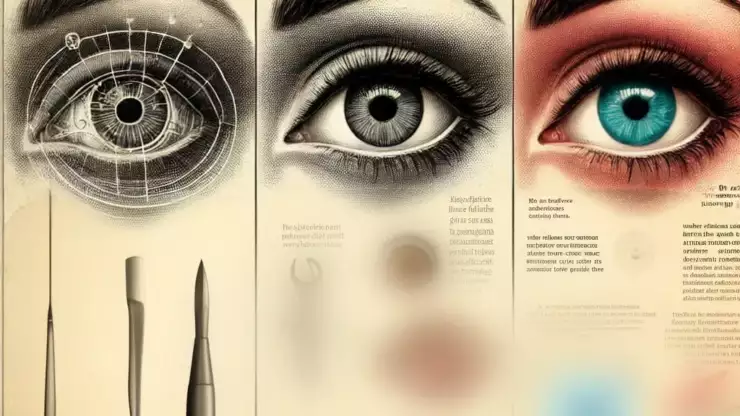Why Knowing the Difference Matters Upper eyelid surgery, also known as blepharoplasty, can dramatically improve both appearance and eye function. But not all procedures are created equal. Some are purely aesthetic; others are medically necessary. Understanding the distinction between functional and cosmetic blepharoplasty is essential when considering surgery, insurance eligibility, or setting realistic expectations. What Is Cosmetic Upper Eyelid Blepharoplasty?…
” If you’ve ever looked in the mirror and thought, “Why do my eyelids feel so heavy lately?” — you’re not alone. Droopy eyelids, also called ptosis, are super common and can affect anyone, especially as we get older. The good news? There’s a simple procedure that can help — and it’s more common than you might think. Why Do…

Eyelid lesion excision is a delicate surgical procedure often performed to remove benign or malignant growths. While many eyelid lesions are relatively common, some cases are exceptionally rare due to the nature of the lesions, the circumstances of their occurrence, or the complexity of their treatment. Below are three of the rarest documented cases of eyelid lesion excision: Primary Sebaceous…
In the realm of facial rejuvenation, the eyes often take center stage. In the realm of facial rejuvenation, the eyes often take center stage. Lower eyelid rejuvenation, in particular, is a popular procedure sought after to combat signs of aging, such as bags, puffiness, and sagging skin. Lower eyelid blepharoplasty is a reliable and practical choice among the options available…

Lower eyelid blepharoplasty is a versatile surgical procedure that can address various aesthetic concerns and functional issues related to the lower eyelids. Here are seven common problems that can be effectively eliminated or improved with lower eyelid blepharoplasty: 1 Under-Eye Bags:Lower eyelid blepharoplasty can remove or reposition excess fat deposits that contribute to the appearance of under-eye bags, creating a…
You may have heard of Bell’s palsy but are not sure what the condition is. It is caused by a problem with nerves which affect the facial muscles. Bell’s palsy causes partial paralysis and weakness of muscles on just a single side of the face. People suffering from Bell’s palsy may have a smile that seems uneven, one half of…
